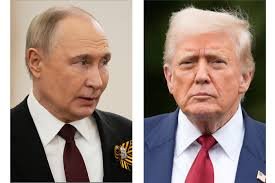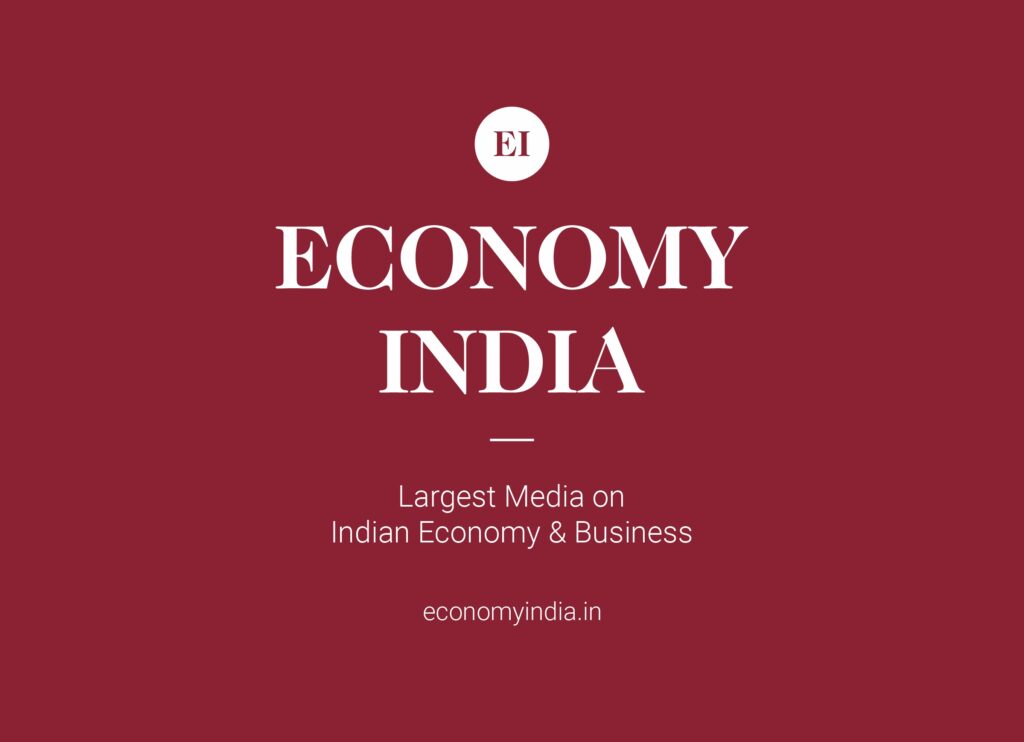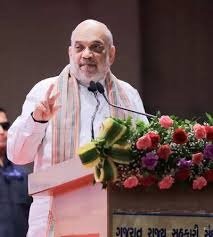Following Washington’s sanctions on Rosneft and Lukoil, President Vladimir Putin warns of “serious consequences” for global energy markets and accuses the US of “economic aggression.” India, the largest buyer of Russian crude, faces mounting pressure from Washington to cut imports.
Washington D.C. / Moscow | October 23, 2025 — Economy India International Desk
The already strained relations between Moscow and Washington took a sharp turn for the worse this week after Russian President Vladimir Putin issued a stern warning against potential US military actions and condemned President Donald Trump’s sanctions targeting two of Russia’s largest energy giants — Rosneft and Lukoil.
Speaking at the Russian Energy Week 2025 forum in Moscow on October 16, Putin declared,
“If we are attacked with American Tomahawk missiles, we will respond firmly and proportionately. Any such aggression will meet a decisive Russian response.”
The remark came shortly after the Trump administration cancelled a planned October 22 summit between the two leaders and announced sweeping economic sanctions aimed at cutting Russia’s war funding.
Putin’s Message: “We Prefer Dialogue, Not Confrontation”
While Putin’s tone was defiant, he also extended an olive branch, signaling openness to negotiations.
“In any conflict or confrontation, dialogue is always the better path. Russia has consistently supported maintaining communication,” he said.
The Kremlin views the sanctions — announced just hours after the summit cancellation — as an escalation that could dismantle decades of diplomatic engagement between the two nuclear powers.
Sanctions Target Russia’s Oil Lifelines
The US Treasury Department formally announced sanctions against Rosneft, Russia’s state-owned energy conglomerate, and Lukoil, the country’s largest private oil company.
Both firms, along with 36 subsidiaries holding over 50% ownership stakes, have been blacklisted under new executive orders signed by President Trump, effectively freezing their assets within US jurisdictions and barring all American companies from conducting business with them.
The sanctions, effective November 21, 2025, are designed to cripple Moscow’s energy revenues — a major source of funding for its ongoing military campaign in Ukraine.
According to The Guardian, Rosneft and Lukoil collectively account for nearly 50% of Russia’s crude oil exports, meaning the sanctions could disrupt global oil supplies and raise crude prices by at least 5% in the near term.
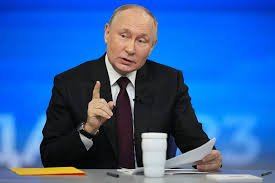
Putin Slams Trump’s “Hostile” Economic Moves
Reacting sharply, Putin accused Washington of weaponizing economic tools for political leverage.
“These sanctions are not just against Russia; they are an attack on the global energy market. The result will be rising prices and instability for all — including the United States,” he warned.
The Russian president claimed he had personally discussed the potential fallout with Trump earlier this year, cautioning that such moves would “hurt both American consumers and global supply chains.”
US Treasury: “Russia Shows No Serious Intent to End the War”
A senior official from the US Treasury Department justified the decision, stating that Moscow had shown “no credible steps” toward halting its aggression in Ukraine.
“Russia continues to finance and sustain its war machine. These sanctions are designed to limit that capability,” the statement said.
The US government has given global businesses until November 21 to wind down transactions with Rosneft and Lukoil or face hefty fines and secondary sanctions.
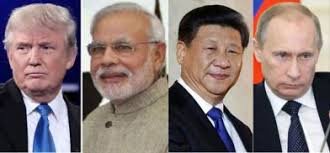
Impact on India: A Strategic Dilemma for New Delhi
The new sanctions pose a significant challenge for India, which remains the largest buyer of Russian crude oil.
Indian refiners, particularly Reliance Industries Limited (RIL) and Nayara Energy, have been key clients of Rosneft’s heavily discounted crude since 2022.
RIL, led by Mukesh Ambani, signed a 25-year oil import agreement with Rosneft in December 2024, securing 500,000 barrels per day — or about 25 million tonnes annually — worth nearly $12–13 billion per year.
Following the US announcement, reports from Reuters suggest that Indian refiners have begun reviewing procurement plans. Government officials have also initiated consultations with both Moscow and Washington to navigate the diplomatic tightrope.

Trump Pressures India to “Stop Buying Russian Oil”
In a series of statements between October 15–21, President Donald Trump claimed that he had spoken directly with Prime Minister Narendra Modi, who allegedly assured him that India would “pull back” from Russian oil purchases.
Here’s how Trump’s claims unfolded:
- October 15: “I spoke with Prime Minister Modi today. He assured me India will not buy Russian oil anymore. That’s a big step.”
- October 17: “India was buying 38% of its oil from Russia. They’re pulling back now.”
- October 19: “I told Modi — if India doesn’t stop, there will be high tariffs. He understood.”
- October 21: “Modi wants peace, just like I do. He said India will scale down its purchases.”
However, trade data tells a different story.
According to commodity tracker Kpler, India sourced 34% of its total crude imports from Russia in September 2025, though total import volumes have fallen 10% year-to-date amid logistical and payment challenges.
Global Oil Market Reaction
Following the announcement, Brent crude prices surged by 3.7% to nearly $97 per barrel, driven by fears of supply disruptions. Energy analysts predict prices could cross $100 if the sanctions severely impact Russian output.
“Rosneft and Lukoil are essential to global supply. If they are isolated, the market will react immediately,” said Dr. Martin Feldstein, a senior fellow at the Energy Policy Institute, Washington.
European nations, meanwhile, have also announced a ban on Russian LNG imports, adding further pressure to Moscow’s export revenues.
Russia’s Energy Economy at a Crossroads
Rosneft, with a market capitalization of ₹7 lakh crore ($85 billion), is Russia’s third-largest company. Lukoil, on the other hand, is Russia’s biggest private enterprise with operations across 30 countries.
The sanctions are expected to hit Russia’s state budget, which relies on oil and gas for nearly 45% of total revenues.
“This is a severe blow, but Russia has survived worse,” said Dr. Sergei Glazyev, an economist close to the Kremlin. “We are redirecting supplies toward Asia — China, India, and Southeast Asia remain key partners.”
India’s Energy Diversification Plan
India, which imports over 80% of its crude needs, may now look to diversify further.
Among key alternatives:
- Iraq – 21% of India’s total crude imports.
- Saudi Arabia – 15%, roughly 700,000 barrels per day.
- United States – Up to 7%, with imports doubling in early 2025.
- UAE, Nigeria, and Guyana – Emerging as smaller but reliable suppliers.
Analysts, however, warn that shifting away from Russian crude could increase India’s refining costs and push domestic fuel prices upward.
Experts Warn of a New Global Energy Cold War
Energy economists are calling the US-Russia standoff a “new oil cold war”, with potential repercussions for the entire global South.
“The West is reasserting control over energy trade routes, but Asia will feel the heat. For India, this is a test of strategic autonomy,” said Prof. Arvind Panagariya, a former NITI Aayog Vice Chairman.
Rising Tensions, Rising Prices
The escalating rhetoric between Putin and Trump underscores the fragility of the global energy ecosystem. With oil markets on edge and diplomacy in tatters, countries like India are caught between geopolitical fault lines — forced to balance economic pragmatism with strategic caution.
As the November 21 sanctions deadline looms, the world watches anxiously. The outcome could redefine global oil flows, trade alignments, and the future of international energy diplomacy.
(Economy India)


